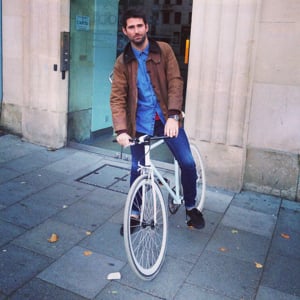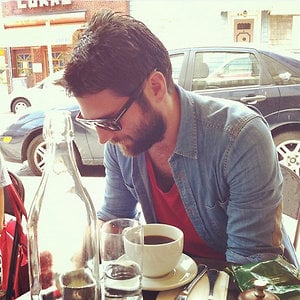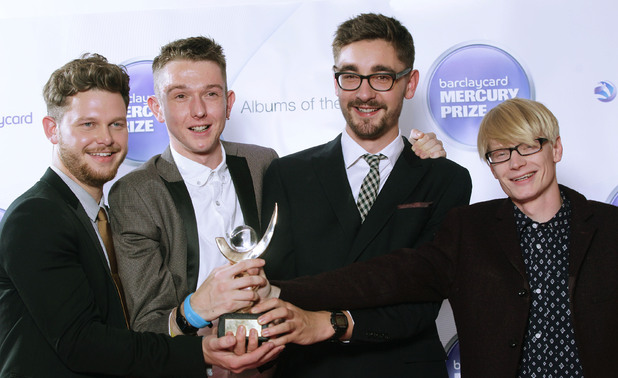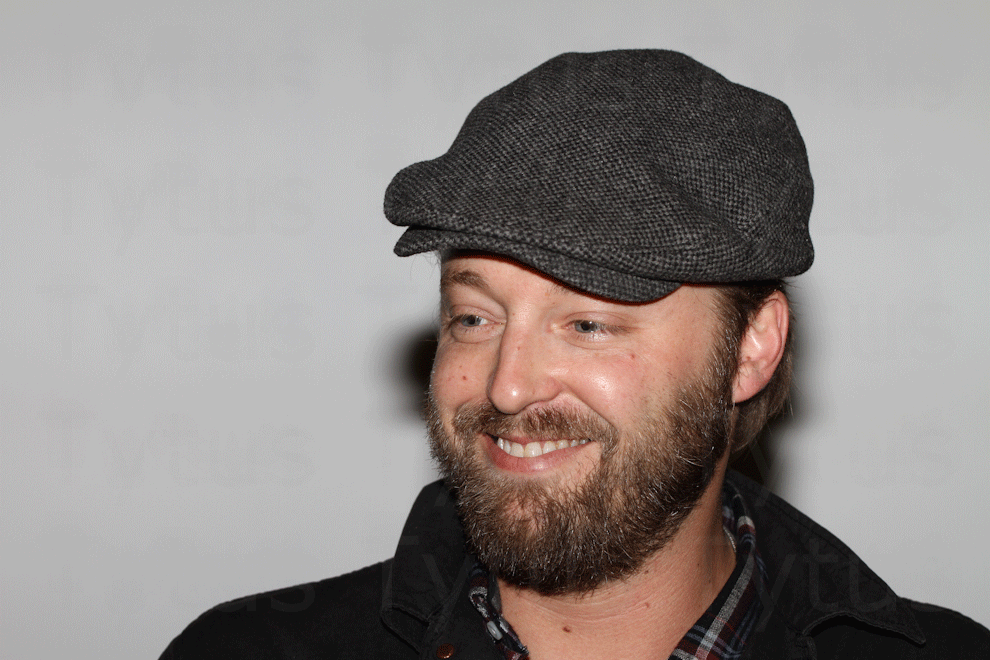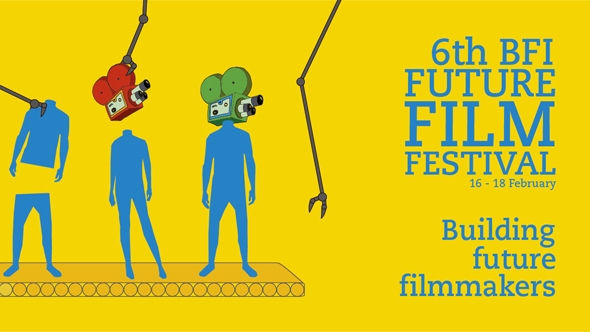Sexism
Sexism is the objectification of a gender. In a patriarchal society, women are obejectified, whether it is in movies, music videos or real life. The fact is the media influences us and our way of thinking. It is most likely we will adopt sexist attitudes if we are exposed to sexist behvaiour. For centuries women were considered lower than men. In the 1960s, sexism was shown and advertised; some woman felt that it was the role of a female to subordinate. However, it caused uproars for others. Additionally, the cigarette was a "liberated movement" for women as they were allowed to smoke, on and off screen. It gave women a sense of power, and a taste of freedom to an extent.




Particular music videos which provoked a rather controversial response are "Blurred Lines," by Robin Thicke and "Wrecking Ball," by Miley Cyrus. They both are clearly different, but both are extremely sexual and provoke ideas of sexism.
Sexism is the objectification of a gender. In a patriarchal society, women are obejectified, whether it is in movies, music videos or real life. The fact is the media influences us and our way of thinking. It is most likely we will adopt sexist attitudes if we are exposed to sexist behvaiour. For centuries women were considered lower than men. In the 1960s, sexism was shown and advertised; some woman felt that it was the role of a female to subordinate. However, it caused uproars for others. Additionally, the cigarette was a "liberated movement" for women as they were allowed to smoke, on and off screen. It gave women a sense of power, and a taste of freedom to an extent.




Particular music videos which provoked a rather controversial response are "Blurred Lines," by Robin Thicke and "Wrecking Ball," by Miley Cyrus. They both are clearly different, but both are extremely sexual and provoke ideas of sexism.
Firstly, Robin Thicke's video seems to be encouraging "good girl," to forget their morals and sleep with him, also TI explicitly explains how he will aggressively have sexual relations with her. It also seems quite creepy, especially when he repeatedly says "I know you want it." In fact, the singers didn't think they were explicit enough with minimally clothed women in their video, they made another video with the three women in flesh coloured thongs and no bra.






The lyrics indicate rape, and overly objectifies women. Oddly, the men are fully clothed - are the men the only one worthy of clothes? The video is degrading to women, and he makes it extremely clear, "People say, 'Hey do you think this is degrading to women 'I'm like 'Ofcourse it is. What a pleasure it is to degrade a woman. I've never gotten to do that before. I've always respected women."It appears he seems to take pride in objectifying women.

Laura Mulvey said that the “male gaze,” dominates the media world.
It is a well-known, and discussed theory. The audience is constantly put in the
perspective of a heterosexual man. A scene is normally decimated to the shape
of a woman’s body. It is seen in movies, as well as music videos. It is used
intensely in rap music videos in general. It may be seen as a way of glorifying
the curvy female body which was once condemned before. However, most feminists
beg to differ. They see this an a way of objectifying women, as if they were a
piece of meat.
There are deliberate camera movements which deny the woman’s
human identity. The physicality is solely concentrated on. Also, 16% of movie
makers are female which means most of the time we will see the footage from a
male’s perspective. Female leads are rare, if they are present, they are mostly
objectified; wearing less clothes. We live in a hegemonic society where the
male is a dominant figure of society.











